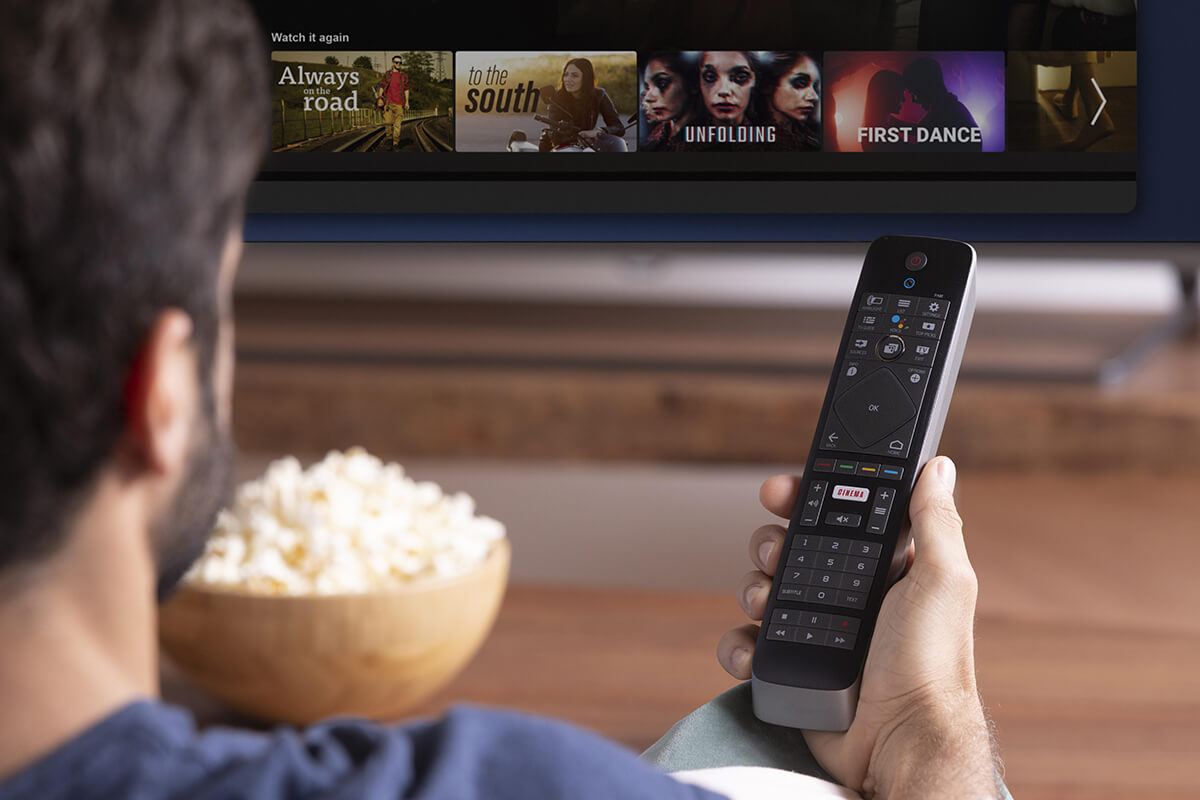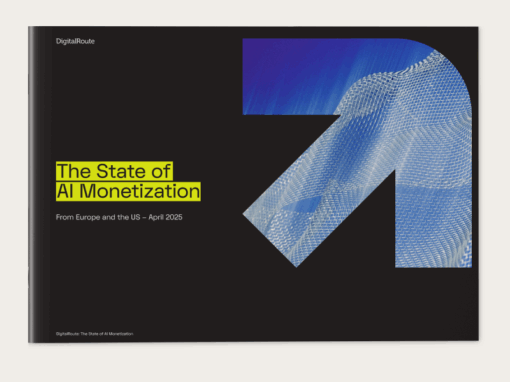Let’s start with a recap of the streaming giants Netflix and Disney, since the moves they make sets the direction that many other services follow.
Netflix breathed a quick sigh of relief after posting its Q3 results – finally subscriber growth after two quarters of unprecedented subscriber losses. Netflix was even more optimistic about its competitor advantage in its Q3 shareholder letter:
“Our competitors are investing heavily to drive subscribers and engagement, but building a large, successful streaming business is hard – we estimate they are all losing money, with combined 2022 operating losses well over $10 billion, vs. Netflix’s $5 to $6 billion annual operating profit.”
It’s true that Netflix has the advantage of having been around much longer than its competitors – giving it time to build subscribers and its content library – and it could be better placed now to slow or maintain spending levels to focus more on revenue growth.
However, the competition is coming in fast and strong. When the Walt Disney Co. shared its Q3 results, it stated that its three main streaming services – Disney+, ESPN+ and Hulu – now have more total subscribers than Netflix, with 235 million subscribers for Disney and 223 million for Netflix.
Will Higher Prices Cause Subscribers to Churn?
Added to this increased competition, most of the major video streaming services are experimenting with their pricing strategy. Netflix started a lower-cost ad-based subscription in November, and Disney+ will launch a similar service in December.
At the same time, video streaming services are increasing prices for their ad-free services. Disney+, Netflix, Apple TV+ and Amazon’s Prime Video have all recently increased their monthly prices by $2 to $3.

“Raising prices when consumers may be more conscious of their spending may seem counterintuitive, especially as streaming companies – most notably, Netflix – have seen slower subscriber growth the past year,” writes The Hollywood Reporter. “And when churn is the monster always lurking under the bed, higher prices don’t exactly help persuade a subscriber to stay.”
Will ad-based services succeed in keeping more price-sensitive customers? Will price increases for ad-free services scare customers away?
No one can say for sure – but what we can say with 100% certainty is that now more than ever video streaming services need to better understand how customers use their services. Here’s three reasons why.
Three Reasons Why Data about Customer Usage Matters
1. Better analytics and personalized recommendations
Many video streaming services already have algorithms for delivering personalized recommendations. But they can be even better. Many customers are noticing that their “personalized” recommendations are pointing them to new content that the service provider has invested a lot of money in. Which doesn’t feel too personalized…
Why not make truly individualized recommendations based on exactly what the customer has consumed? This keeps customers engaged and reduces churn.
Analyzing customer usage data can also help streaming services predict who is most likely to churn, so they can offer them discounts or personalized content at exactly the right time. They can also see which customers consume the most content and offer them an upsell to a premium service.
But the back-end of managing all of this customer data – at the scale required – is challenging, to say the least. Which is why many video streaming services turn to us at DigitalRoute. More on that later.

2. More profitable partnerships with accurate revenue sharing
Video streaming services aren’t just competing for subscribers – they’re also competing based on content. Streaming services need to demonstrate to subscribers that their subscription is worthwhile, which means adding new, exciting content on a regular basis.
Often new content comes from partners, but streaming services need to share revenue with partners based on how the content is consumed. This is also a big challenge – figuring out who consumed what and at what price – then sharing this information with partners in a way they can trust.
DigitalRoute’s software solves this for some of the largest video streaming services on the market. All customer usage data is accurately tracked and processed, with a transparent and auditable trail. Each partner can see exactly how much revenue should be shared.
3. Freedom to charge for services however you want
Business models for streaming services are constantly evolving – just because we now pay one flat fee to watch as many shows as we want doesn’t mean it will always be this way. Just look at the new ad-based services. Ad-free shows used to be a differentiator for video streaming services, but that’s changing.
To remain competitive, video streaming services will need to prepare for however business models might evolve. Getting as many subscribers as possible – and worrying about revenue later – can only last for so long.
Instead video streaming services should be ready to charge for services based on a number of factors. Not just video quality, as today, but how much content you consume, what type of content, how often, and so on. Check out our lates report on the landscape of usage data demands in the media and entertainment industry to find out more.
If a customer only wants to watch one series – why not let them, for a certain price? Instead of risking losing a customer when their favorite show is no longer available, why not keep them as a free subscriber but charge them for what they view?
DigitalRoute has been enabling these types of pay-as-you-go and usage-based pricing models for decades to telecommunications companies, and more recently to software-as-a-service providers.








